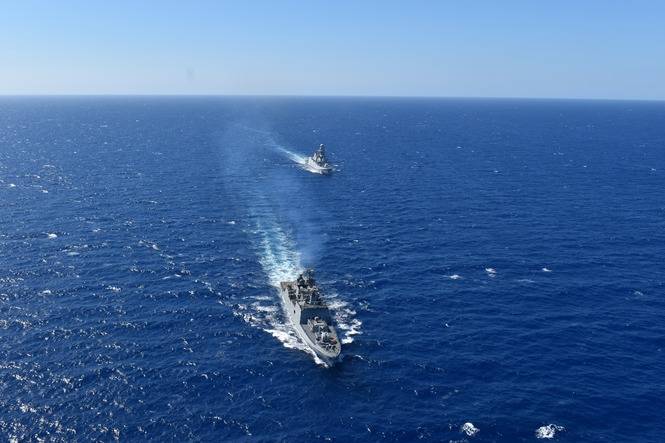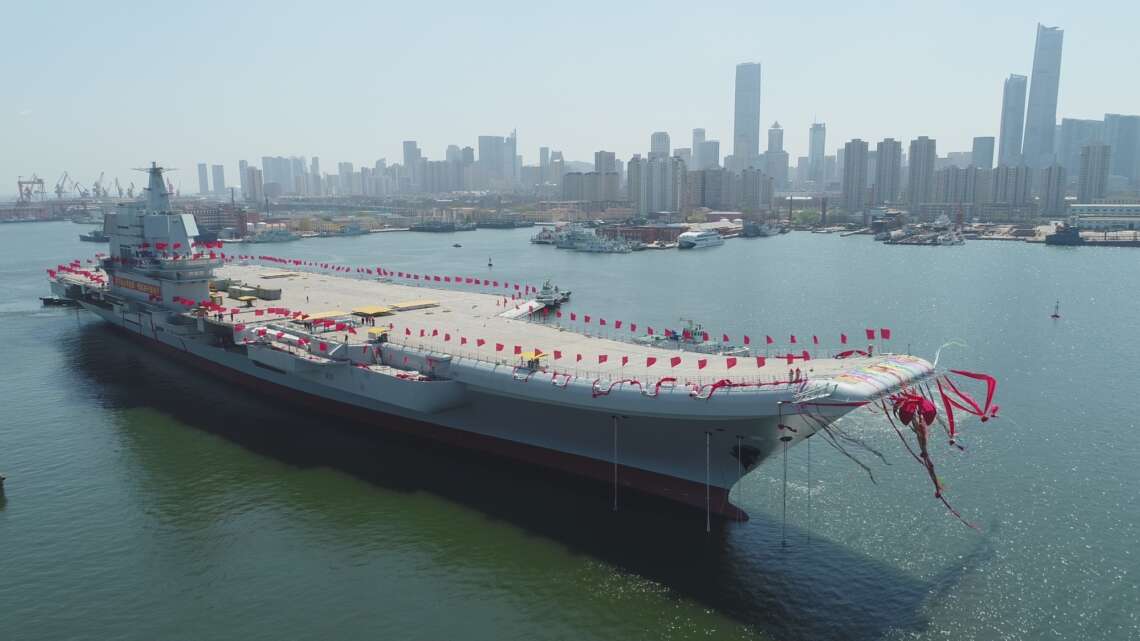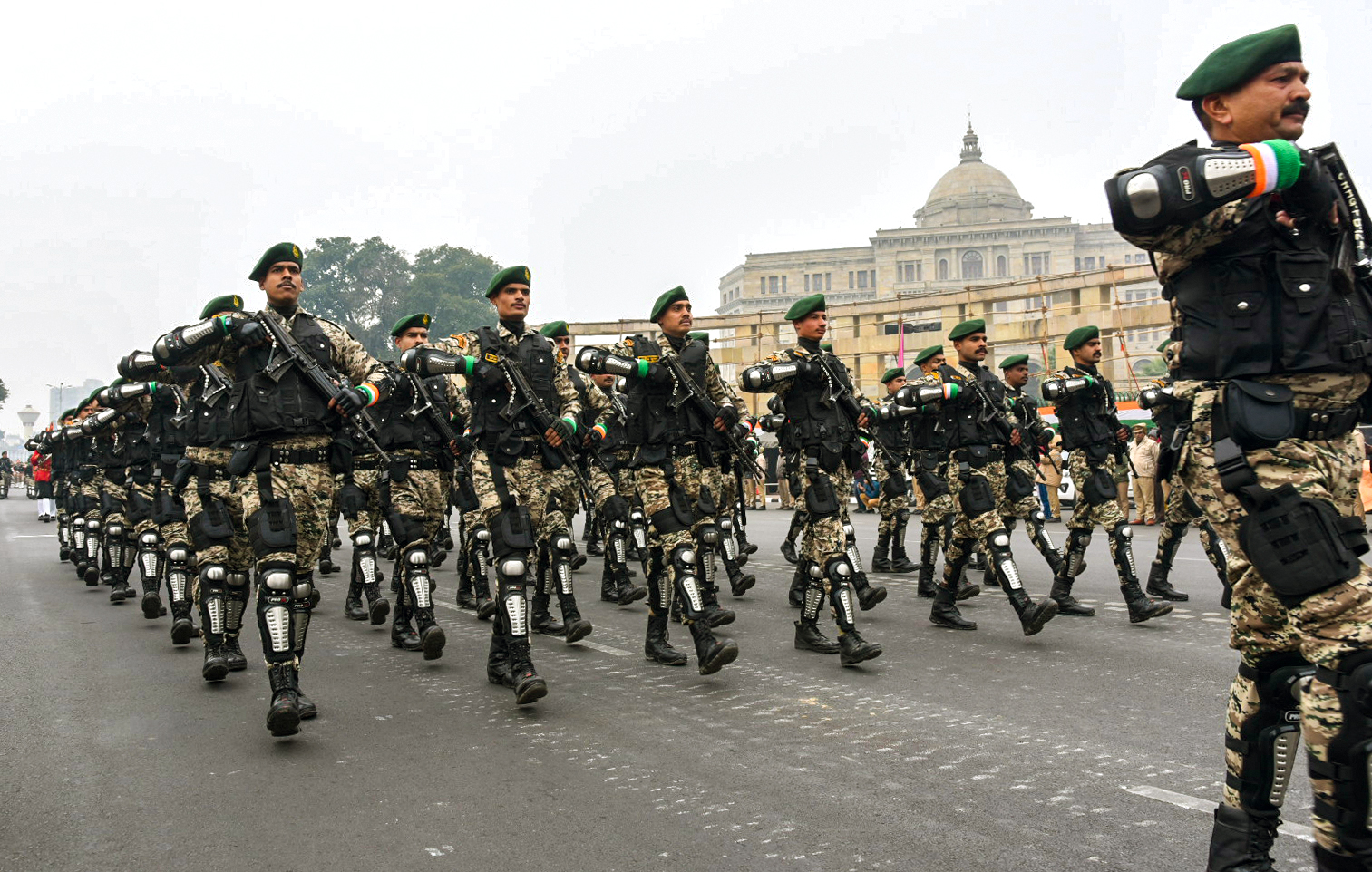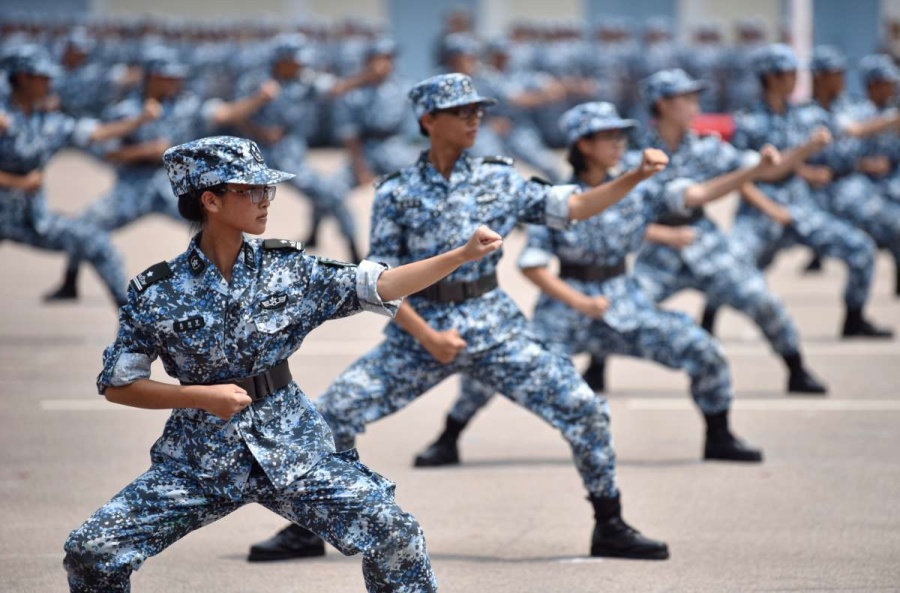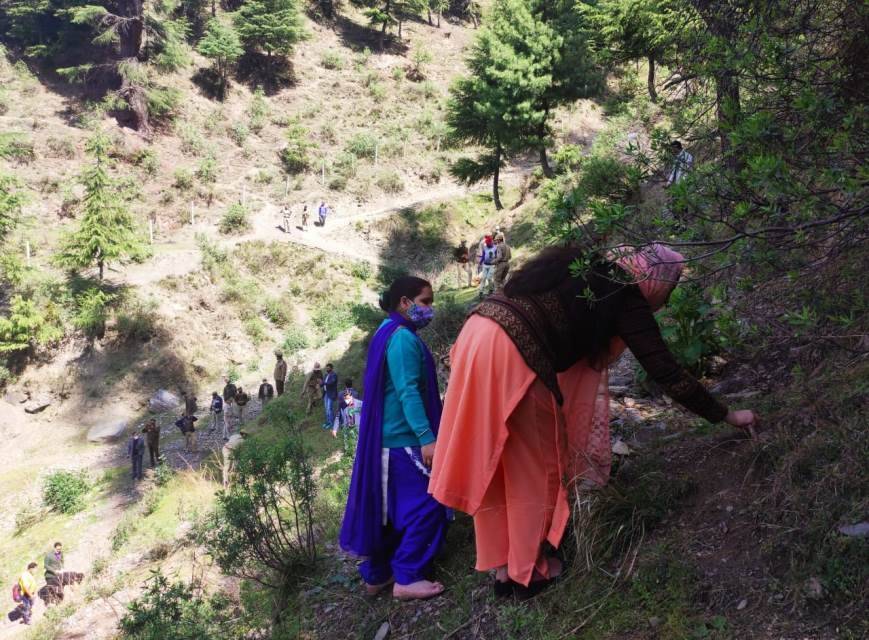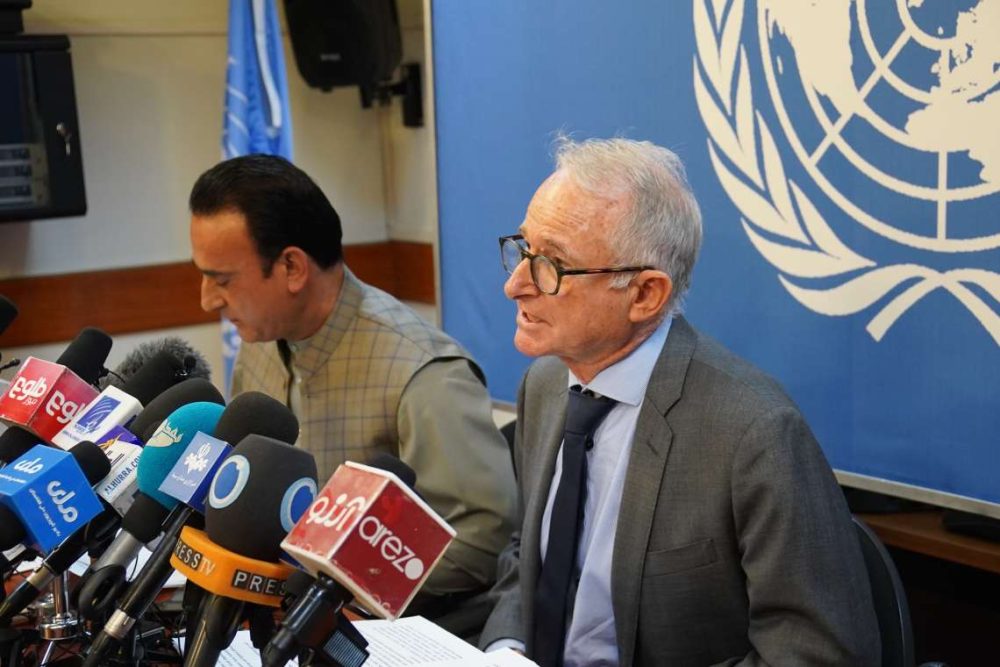This bilateral joint training exercise carried out over a span of 12 days contributed towards the capacities of Maldivian National Defence Force (MNDF) and enhanced interoperability of the forces…reports Mihir Bhonsale
Demonstrating professional competence, operating capabilities and reach, the Indian Navy has held several bilateral and multilateral exercises this year stretching from the Mediterranean Sea to the East China Sea and from the Gulf of Aden to the Indian Ocean.
Holding bilateral and joint exercises with friendly navies accrues many short term and long term gains for India’s strategic partnership.
These include gaining operational and doctrinal expertise and sharing transformational experiences in addition to examining and imbibing ‘best-practices’.
Among the stated objectives of holding joint exercises with foreign navies is also to achieve a high level of inter-operability and enhance maritime domain awareness through a variety of information-sharing mechanisms.
On Saturday, the fourth edition of the India-Maldives Joint Naval Exercise ‘Ekatha’ ended in Maldives. This bilateral joint training exercise carried out over a span of 12 days contributed towards the capacities of Maldivian National Defence Force (MNDF) and enhanced interoperability of the forces.
Highlighting the strategic importance of the Indian Ocean Region, Indian and US Forces held a two-day integrated bilateral exercise last month.
Participation of the Indian Navy in the exercise held on June 23-24 included Guided Missiles Stealth Destroyer Kochi, Guided Missile Frigates Teg and Maritime air dominance fighter. The US side was represented by Nimitz class aircraft carrier Ronald Reagan with her integral maritime air element.
The exercise has been a key enabler in building interoperability and strengthening the defence coordination between the two nations and witnessed high tempo-naval operations at sea.
Reiterating their commitment towards free, open, inclusive and rules-based order in the Indo-Pacific, India and EU conducted their first joint naval exercise in the Gulf of Aden on June 18-19.
The exercise involved Indian Navy frigate Indian Naval Ship Trikand, EU NAVFOR Somalia – Operation Atalanta assets, including Italian frigate Carabiniere (Atalanta’s flagship) and Spanish frigate Navarra, French frigate Surcouf and French amphibious assault helicopter carrier Tonnerre.
The exercise was based on the scenario of an anti-piracy operation. It included cross-deck helicopter landings, complex tactical evolutions at sea, live firing, a night-time joint patrol and a naval parade in the high seas off the coast of Somalia.
Among other firsts for the Indian Navy was participation in a French naval exercise along with fellow Quad member nations, the United States, Australia and Japan, in the eastern Indian Ocean from March 5 to 7.
Exercise La Perouse involved complex and advanced naval operations including surface warfare, anti-air warfare and air defence exercises, weapon firing exercises, cross deck flying operations, tactical manoeuvres and seamanship evolutions such as replenishment at sea.
India and France also held the 19th edition of the bilateral exercise VARUNA-2021.
Conducted from 25-27 April in the Arabian Sea, the exercise witnessed high tempo-naval operations at sea, including advanced air defence and anti-submarine exercises, intense fixed and rotary wing flying operations, tactical manoeuvres, surface and anti-air weapon firings, underway replenishment and other maritime security operations.
Units of both navies honed and enhanced their war-fighting skills to demonstrate their ability as an integrated force to promote peace, security and stability in the maritime domain.
Enhancing interoperability and strengthening bilateral maritime cooperation between the two countries, India and Japan undertook Passage Exercise (PASSEX) in the Andaman Sea.
Indian Navy Ship INS Kulish and Japanese Maritime Self Defence Force (MSDF) Training Squadron ships JS Kashima & JS Setoyuki undertook Passage Exercise #PASSEX in Andaman Sea on 13 June.
Earlier in the same month, Indian Naval Ship (INS) Saryu, an indigenously built naval offshore patrol vessel, and Thailand’s HTMS Krabi, an offshore patrol vessel, along with Dornier Maritime Patrol Aircraft from both navies participated in the CORPAT exercise.
The two navies have been undertaking Coordinated Patrol or CORPAT bi-annually along their International Maritime Boundary Line (IMBL) since 2005.
This builds up understanding and interoperability between navies and facilitates institution of measures to prevent and suppress unlawful activities like illegal unreported unregulated (IUU) fishing, drug trafficking, maritime terrorism, armed robbery and piracy.
Besides holding exercises, the Indian Navy undertakes regular overseas deployments particularly in the maritime areas of primary interest.
These engagements are aimed to further strengthen maritime security in the region and to consolidate combined operations against maritime threats.
With a similar objective, the Indian Navy deployed INS Tabar to make port calls and participate in joint exercises with the navies of Africa, Europe and Russia from June to September this year.
After commencing her prolonged deployment on June 13, INS Tabar has undertaken Maritime Partnership Exercises with Egyptian, Italian and Spanish navies.
INS Tabar will transit across the Gulf of Aden, Red Sea, Suez Canal, Mediterranean Sea, North Sea and Baltic Sea while making port calls at Djibouti, Egypt, Italy, France, UK, Russia, Netherlands, Morocco, and Arctic Council countries like Sweden and Norway.
In addition to PASSEX with host navies of countries being visited, the ship is also scheduled to participate in bilateral exercises like Exercise Konkan with Royal Navy, Exercise Varuna with French Navy and Exercise Indra with Russian Federation Navy. (India News Network)
ALSO READ-The Rapid Expansion of Chinese Navy Worries India
READ MORE-Freedom@50: Indian Navy in B’desh


